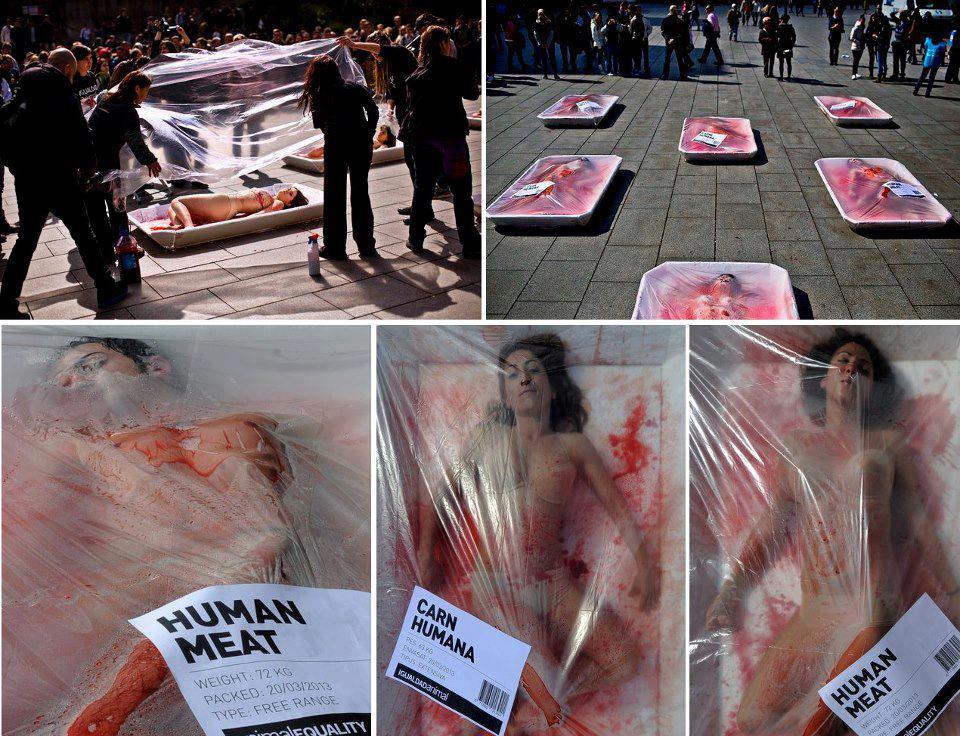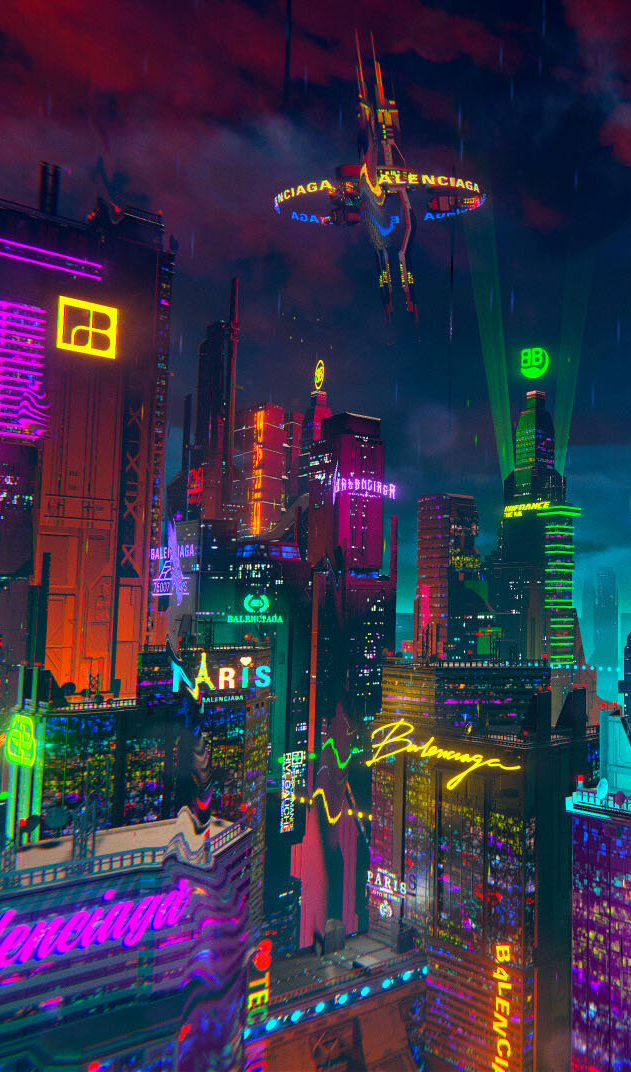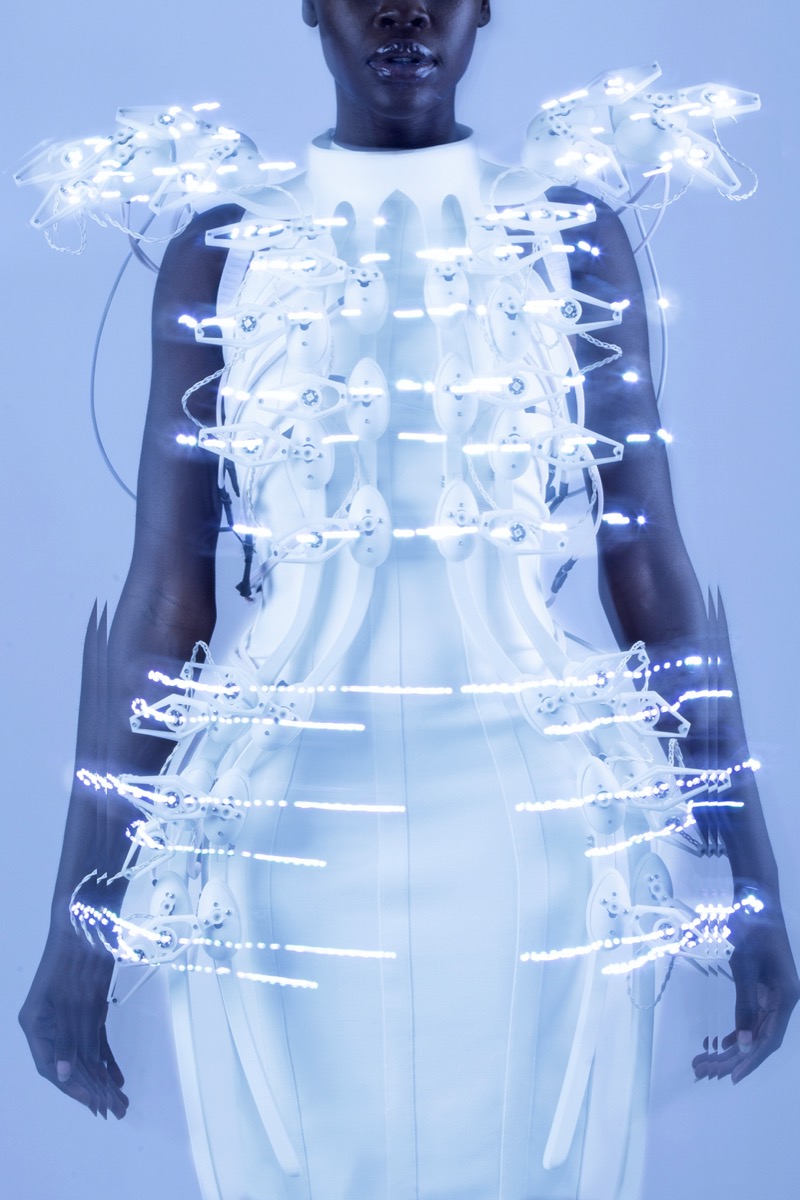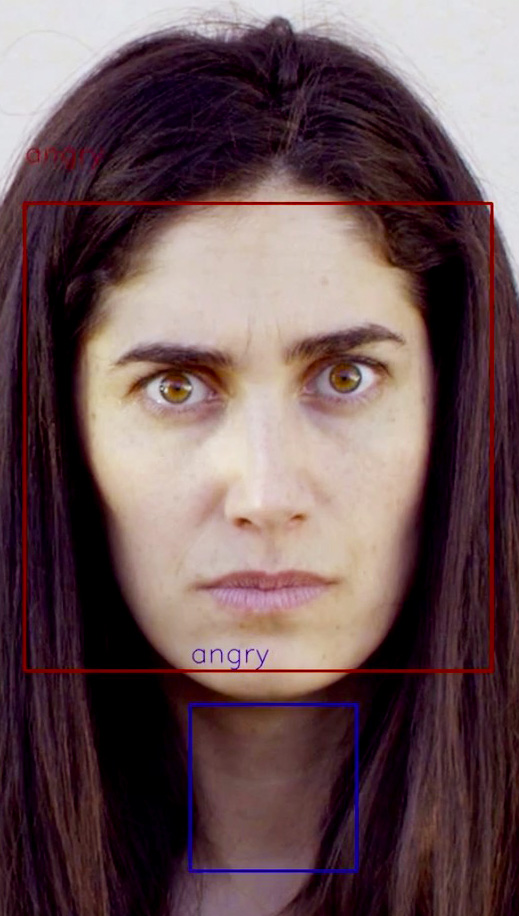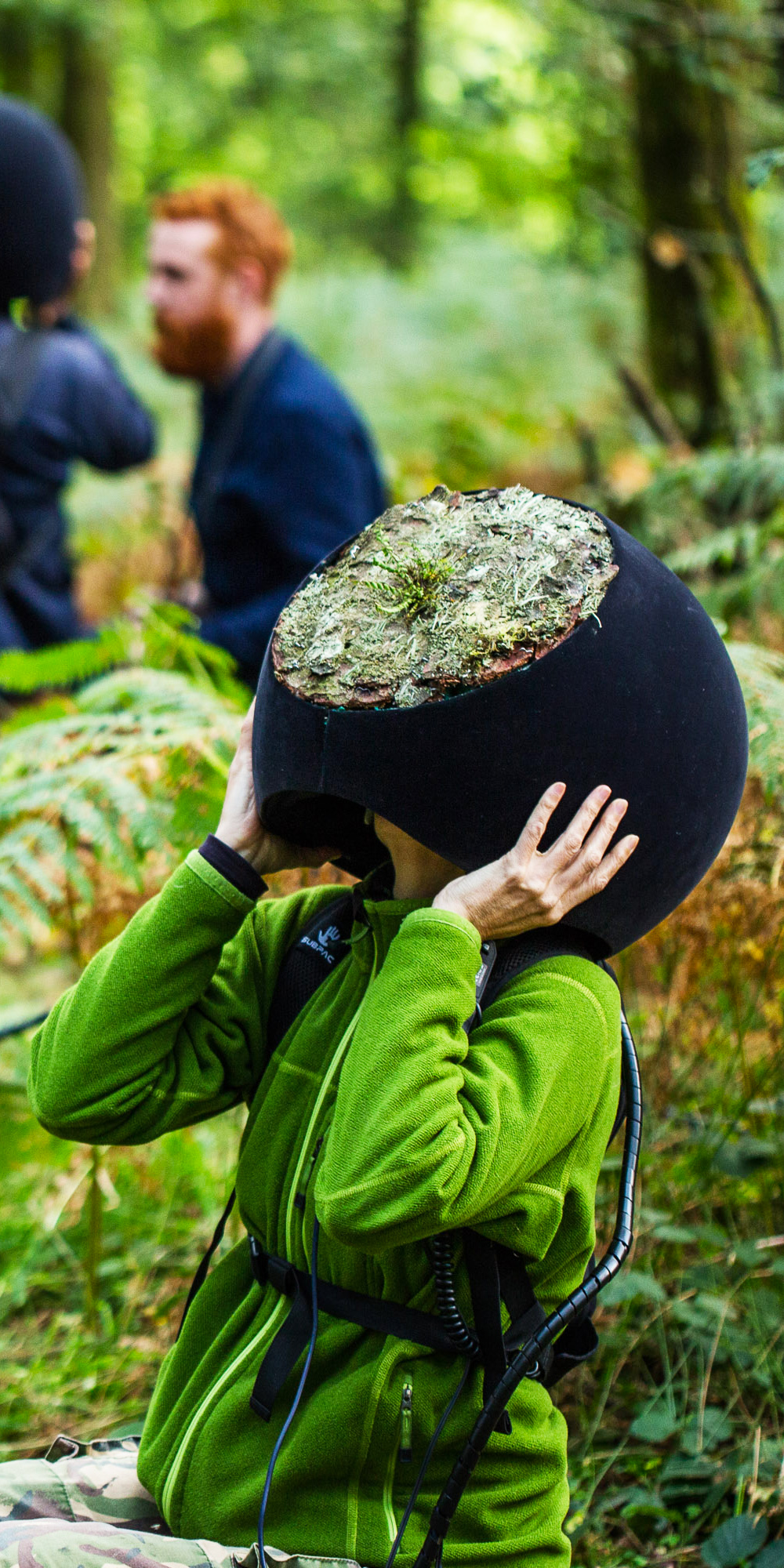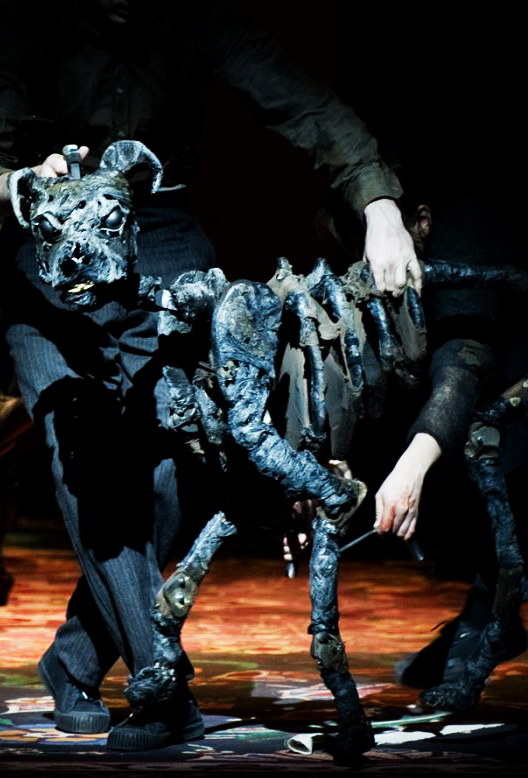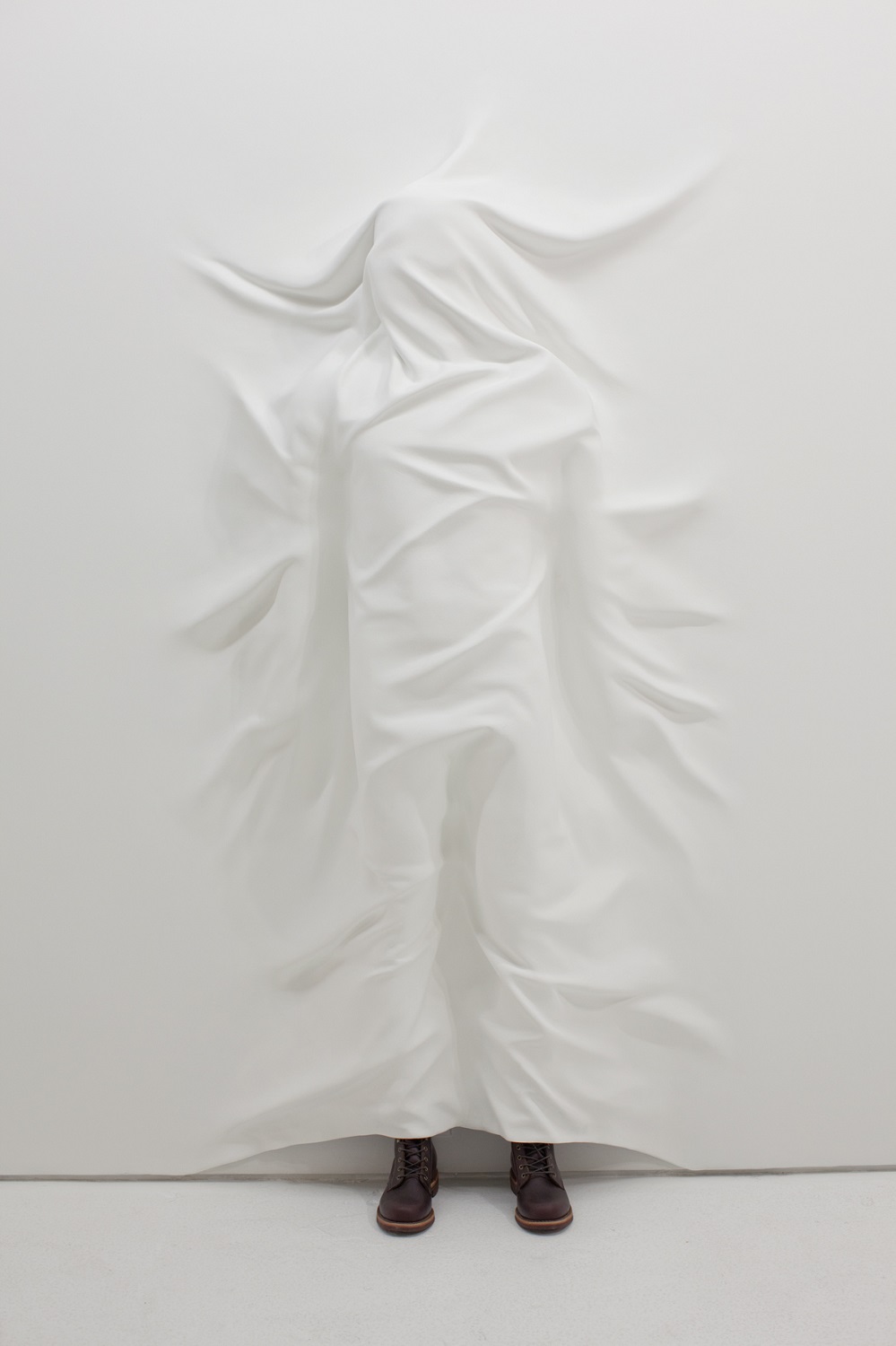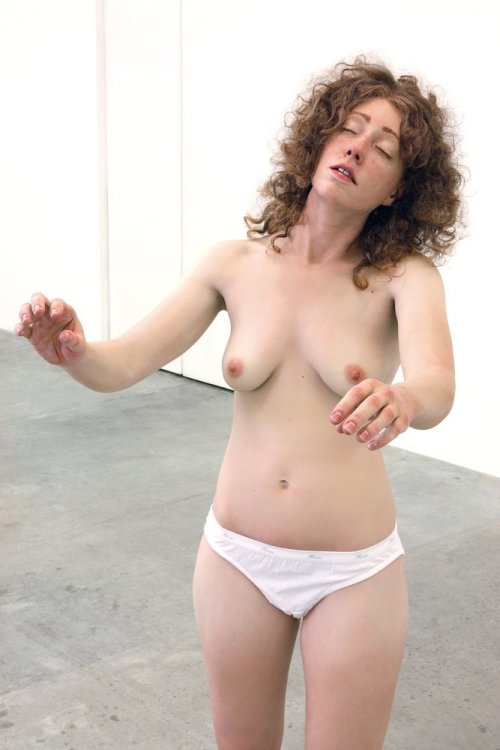Afterlives-Chimeras: Wetland Carbonized Memories
Clarissa Ribeiro
FILE SÃO PAULO 2025: SYNTHETIKA – Arte e Tecnologia – Workshop
Festival Internacional de Linguagem Eletrônica
Afterlives-Chimeras: Wetland Carbonized Memories – Brasil
Afterlives-Chimeras: Wetland Carbonized Memories reimagina a mumificação animal do Antigo Egito sob a ótica da tragédia ecológica. Inspirado pelos pântanos brasileiros e pela destruição da fauna causada pelo agronegócio, pela mineração e pelas indústrias siderúrgicas, o projeto usa IA (Krea.AI e Meshy.AI) para criar criaturas híbridas a partir de imagens de animais carbonizados. As quimeras, impressas em 3D com PLA que remete ao linho das múmias, simbolizam perda, transformação e a urgência de equilíbrio ecológico.
BIO
Clarissa Ribeiro é Professora Adjunta em Artes Visuais na USP e ex-Diretora do Technoetic Arts Studio de Roy Ascott, em Xangai. Doutora em Artes com pós-doutorado Fulbright, cruza arte, ciência e tecnologia em práticas morfogenéticas, adotando o animismo como forma de navegar ecologias como cosmologias.

